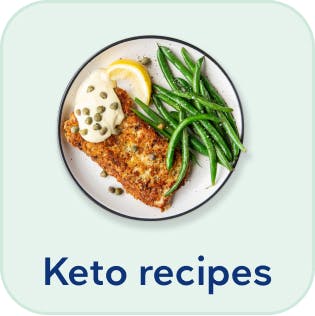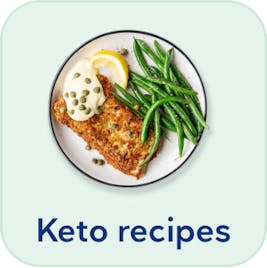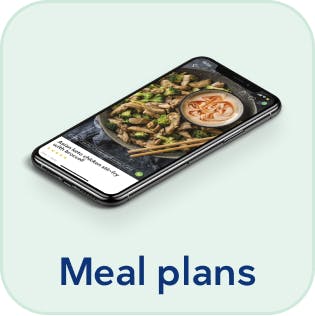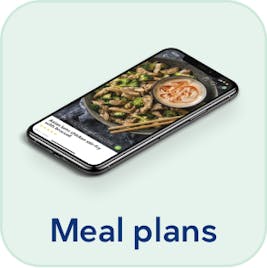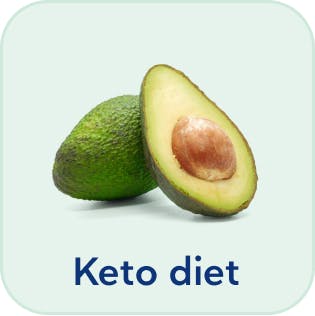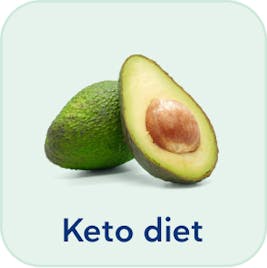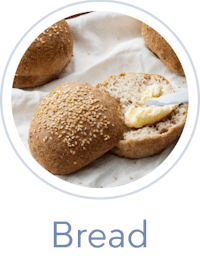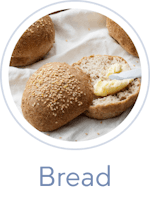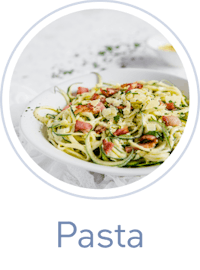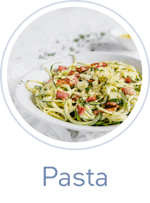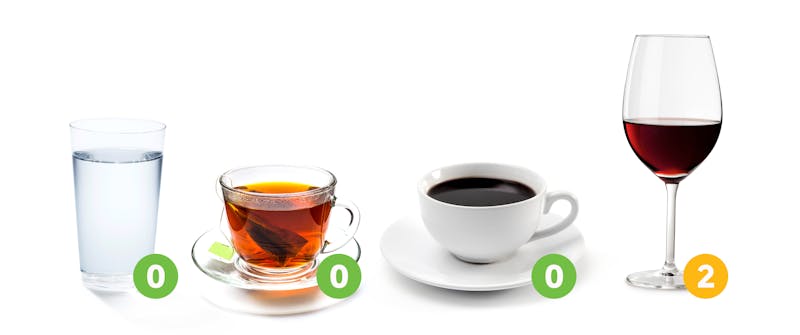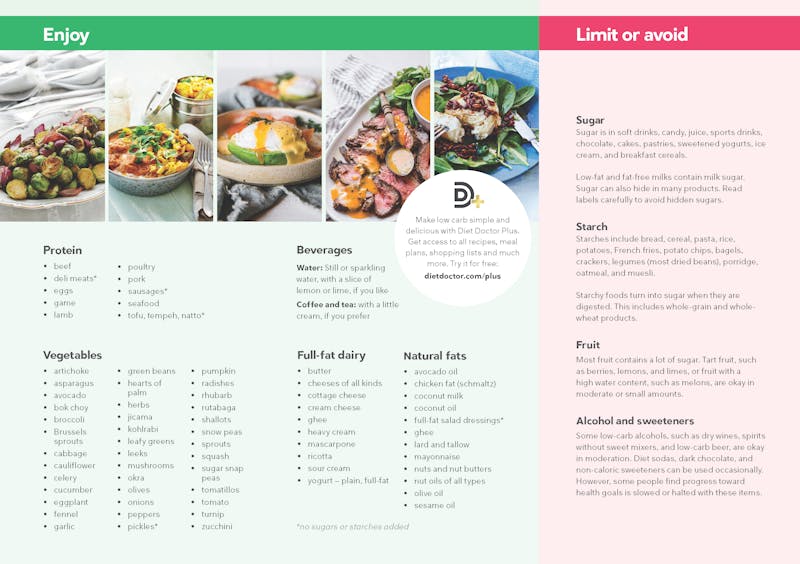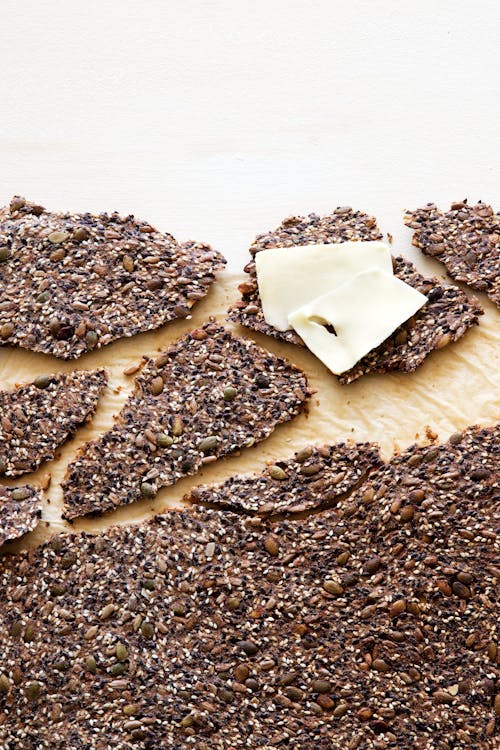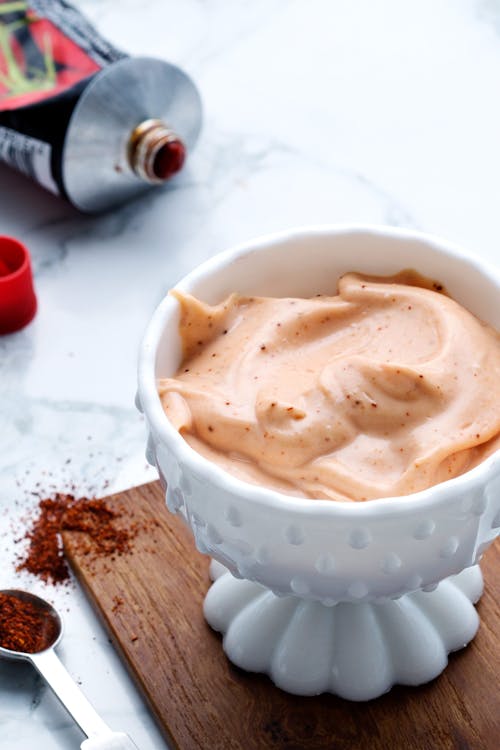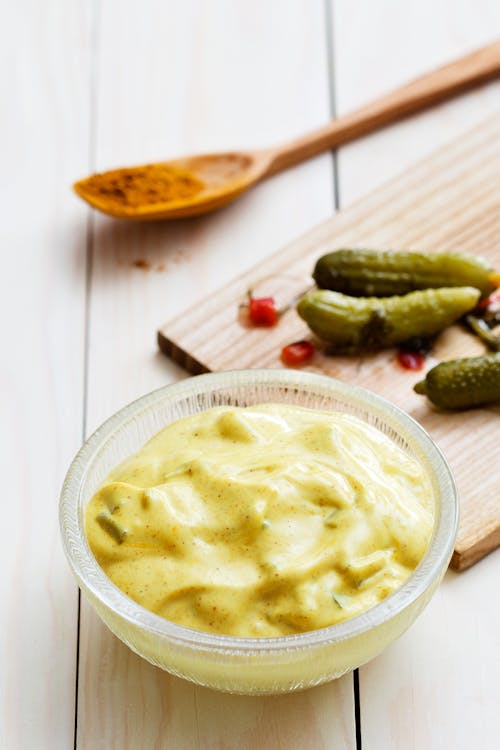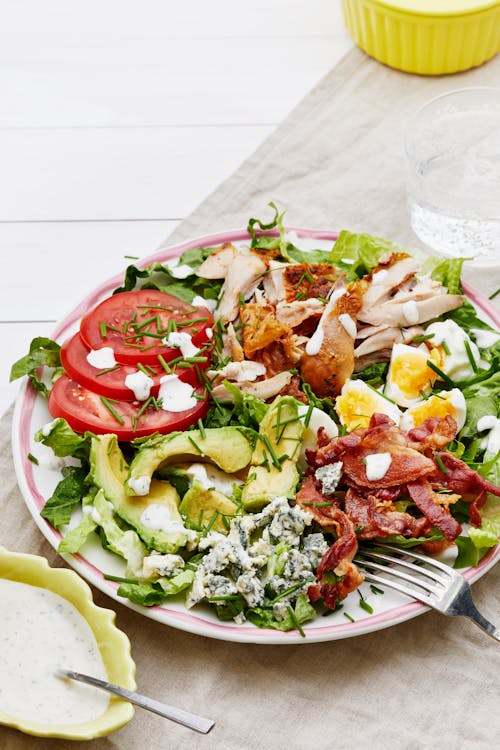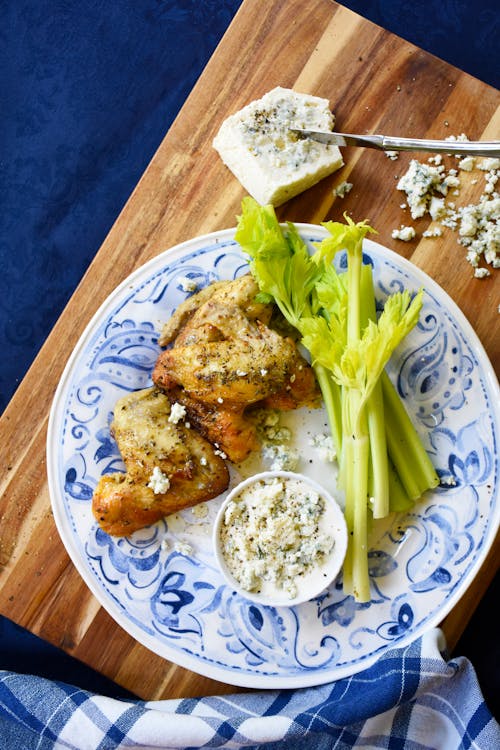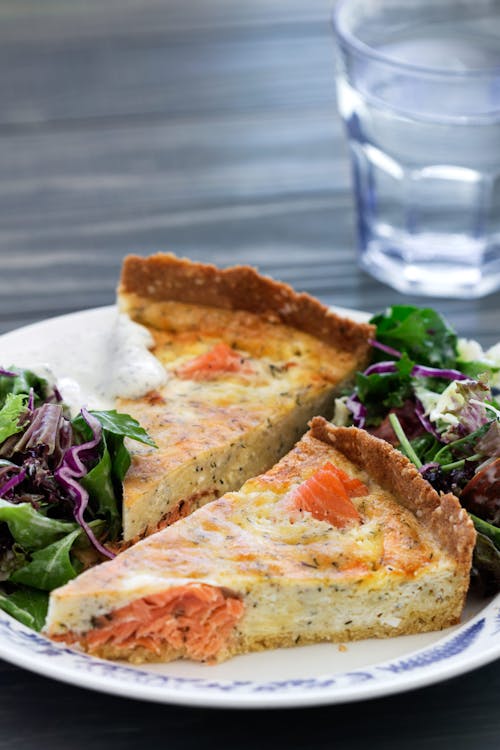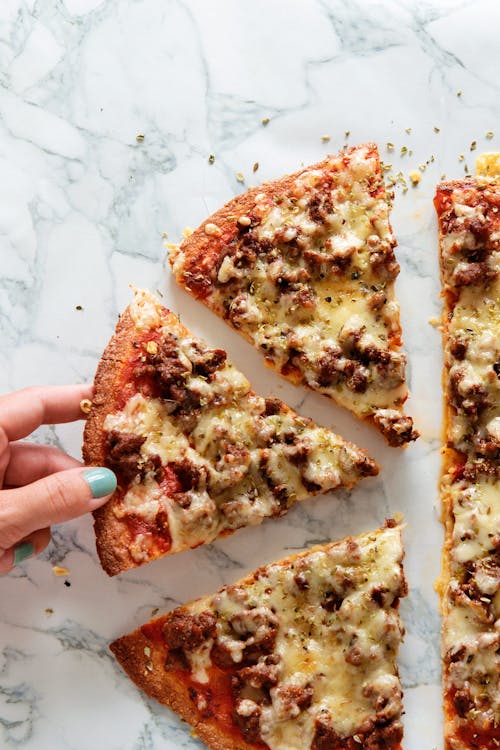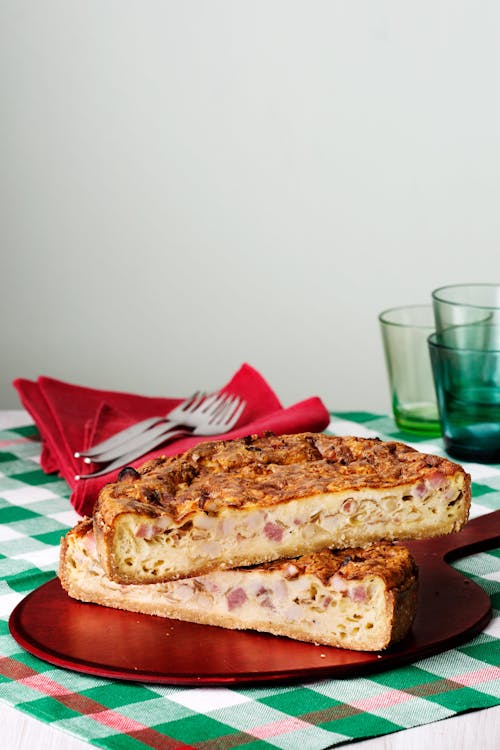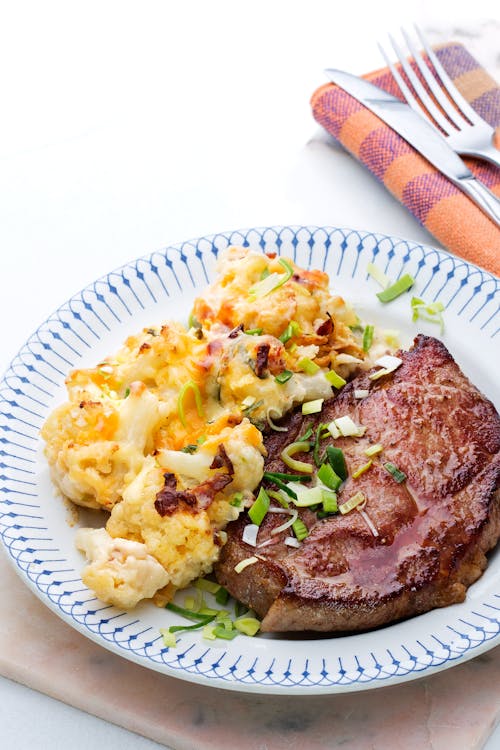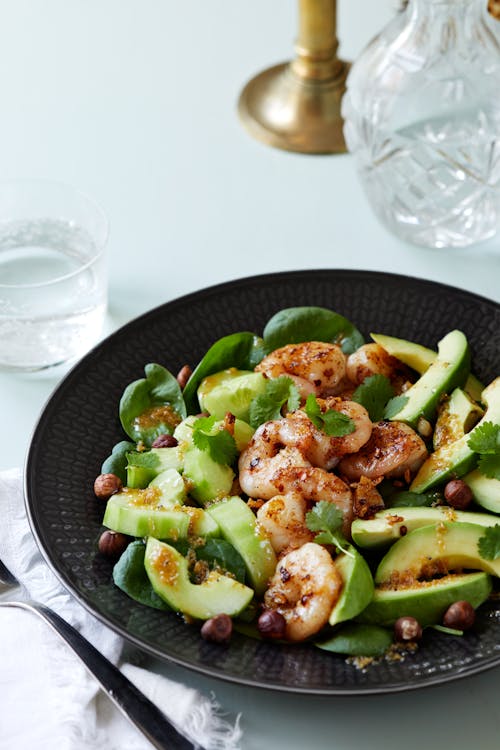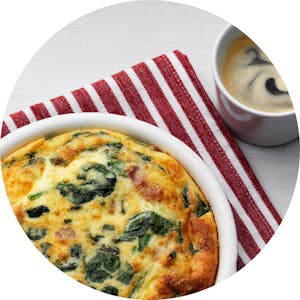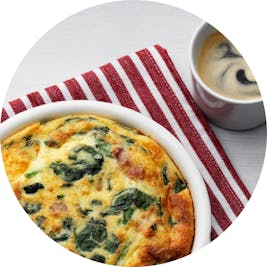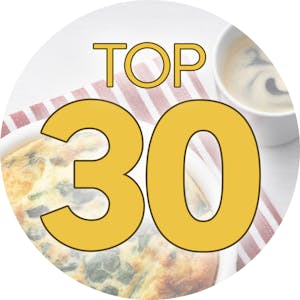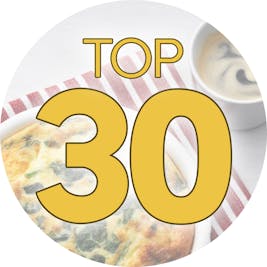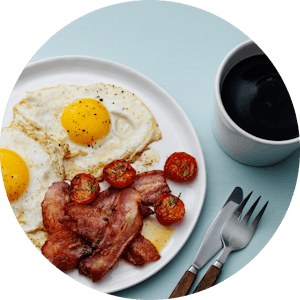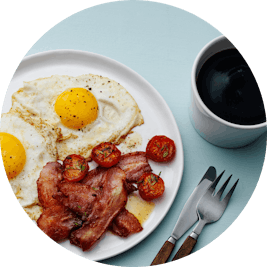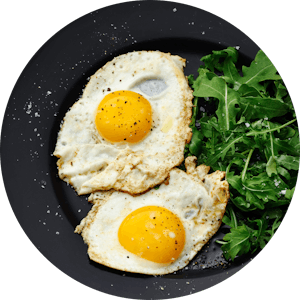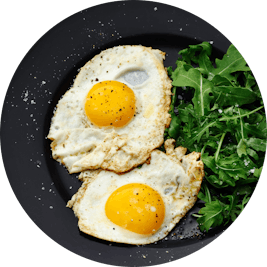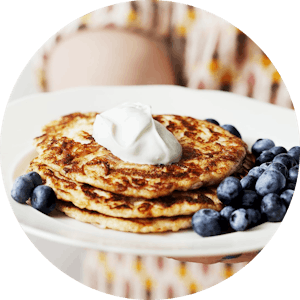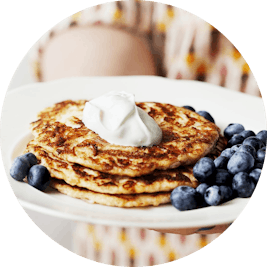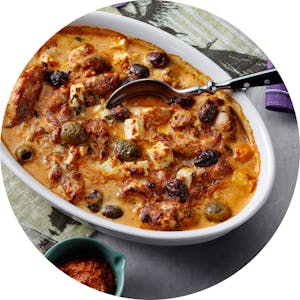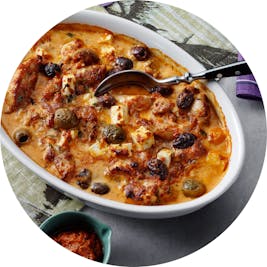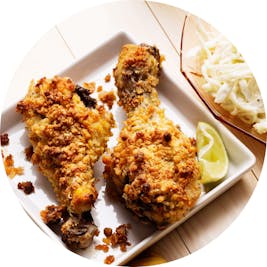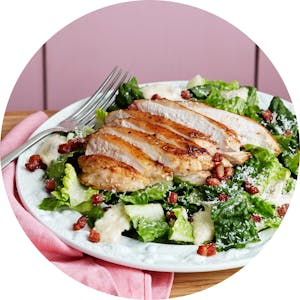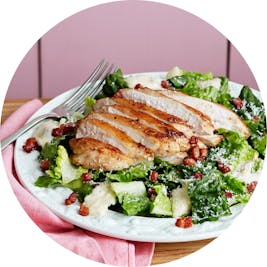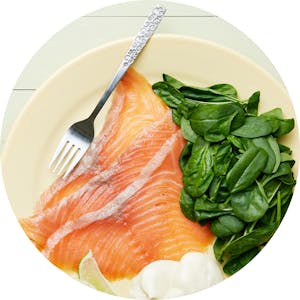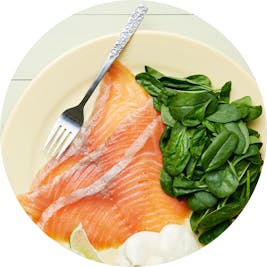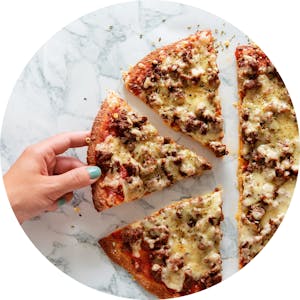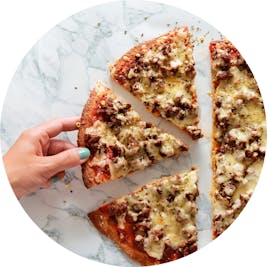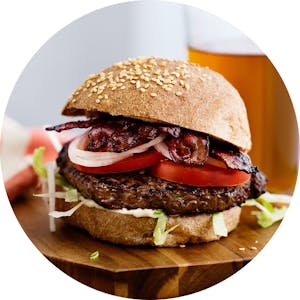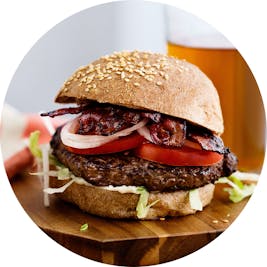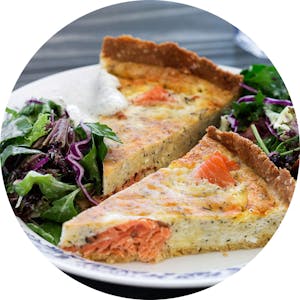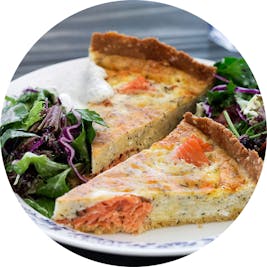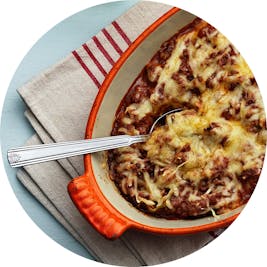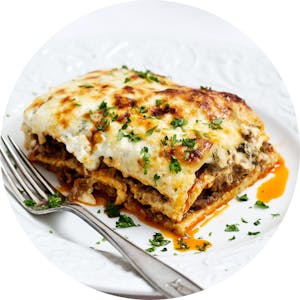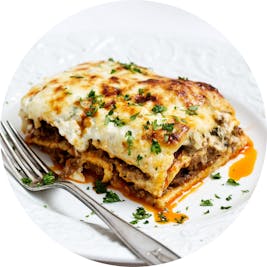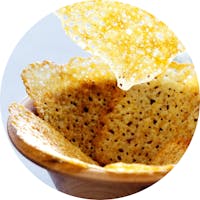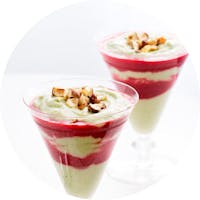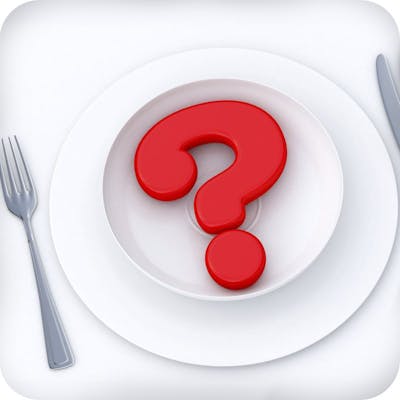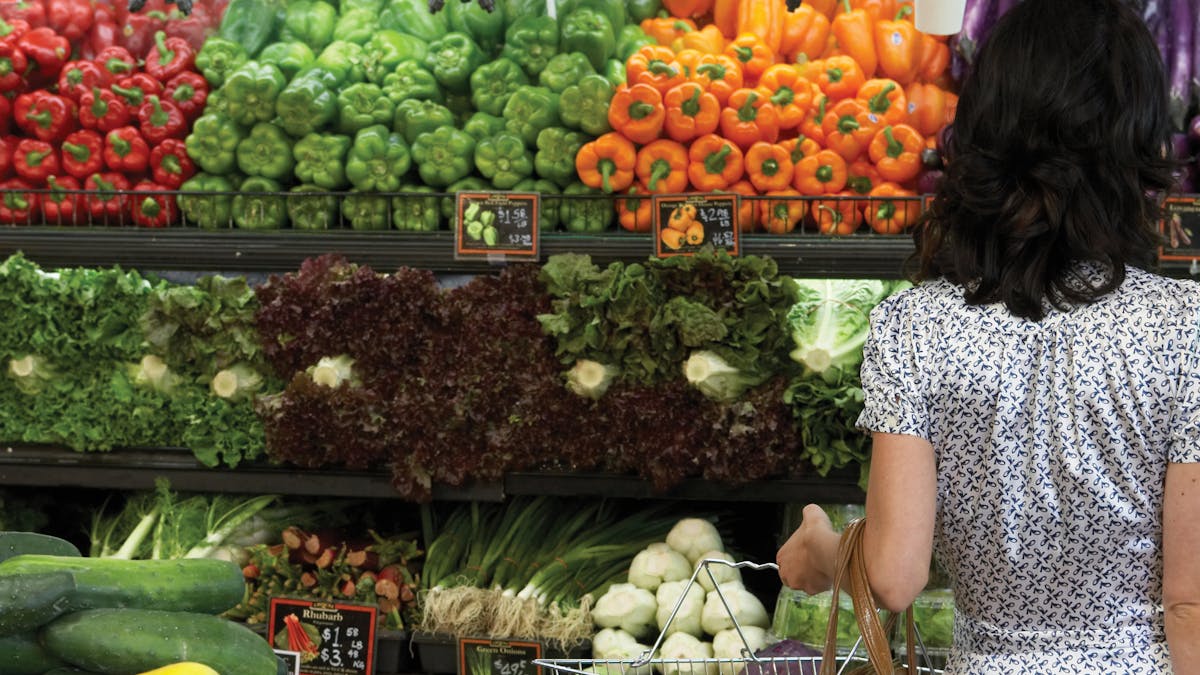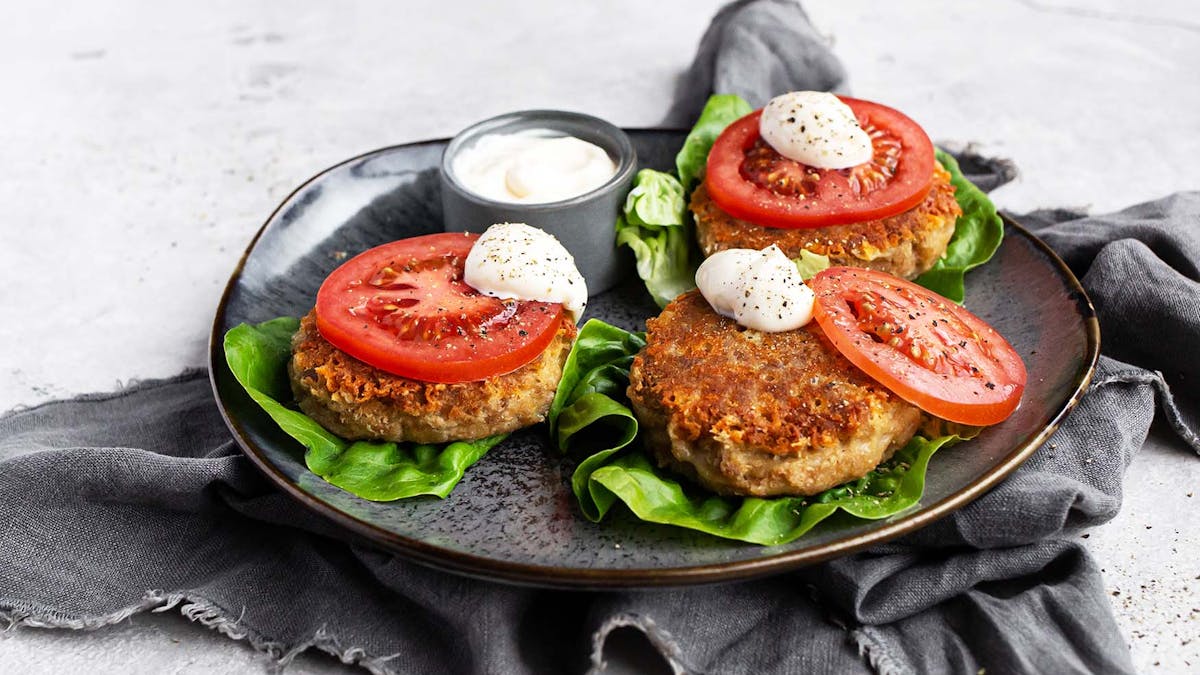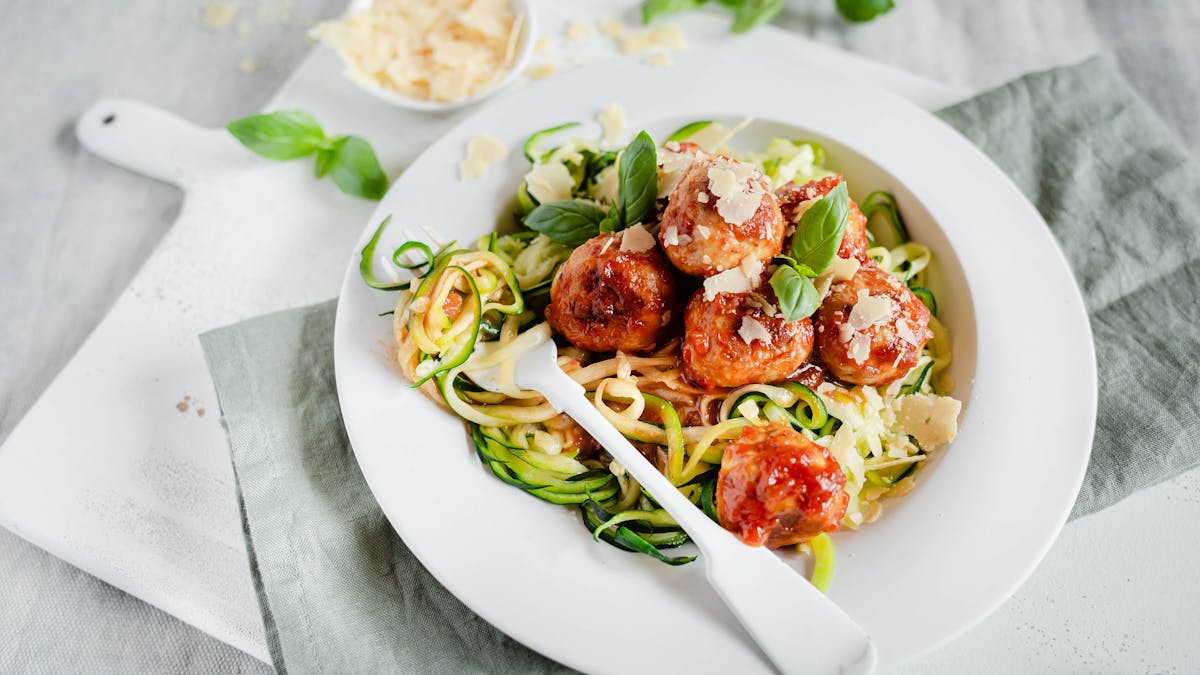Keto diet foods
This guide has all you need to know about what to eat and what to avoid on a keto diet.
Choose keto-friendly foods that are very low in carbs, like meat, fish, seafood, cheese, and vegetables with real butter. Avoid bread, potatoes, rice, sweets, and other foods that are high in carbs.
Eating keto foods can help you lose weight, improve your health, and feel better without ever counting a single calorie!
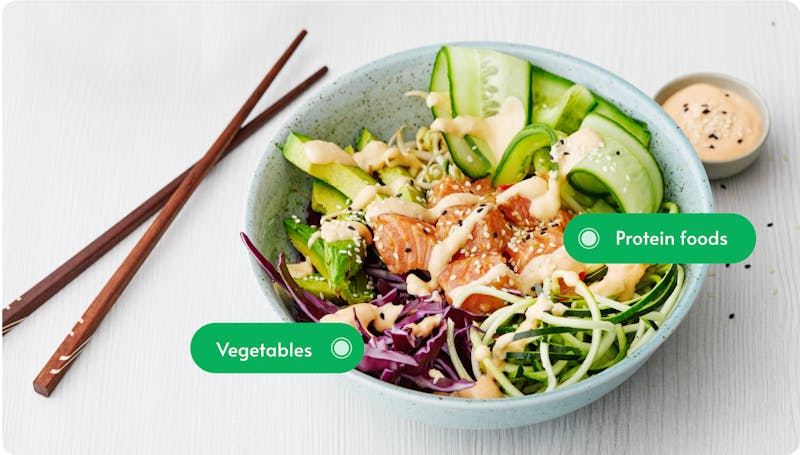



Key takeaways
Meat, fish, seafood, eggs, vegetables, dairy products, natural fat, nuts, and berries. Find all the best options
Foods to avoid
Bread, pasta, rice, potatoes, french fries, soft drinks, candy, and cakes. More surprising things
What to drink & avoid
Drink water, coffee, tea, or the occasional glass of wine. View the best drinks
Foods to eat
A healthy keto diet is built on whole, nutrient-dense foods, such as meat, fish, eggs, and non-starchy vegetables, along with natural fats like butter or olive oil. Use the food lists below to choose foods that keep you at less than 20 grams of net carbs per day (total carbs minus fiber).
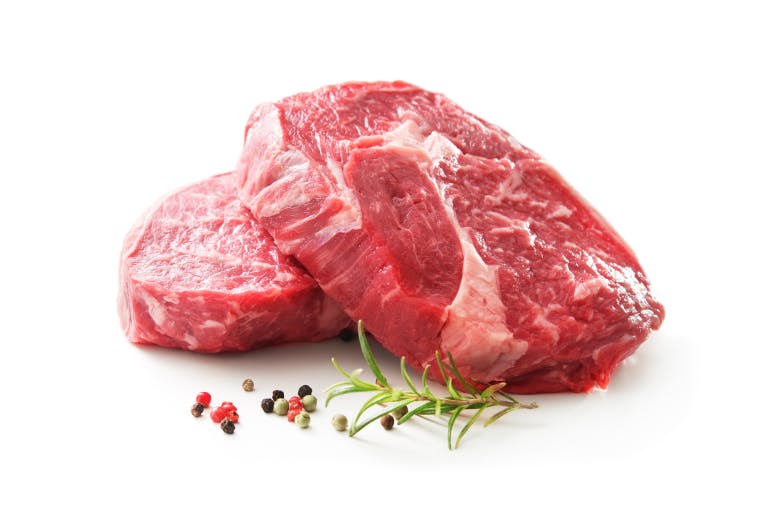



Meat, poultry and substitutes
Meats are perfect for keto. You can have beef, pork, lamb, wild game, and poultry of all kinds. Soy products like tofu and tempeh also work. You can also have deli meats like sausages and cold cuts. Choose items with no added sugars, starches, or breading to keep your carbs low.
Meats and meat substitutes
- beef
- deli meats
- game
- lamb
- organ meats
- pork
- poultry
- sausages
- tempeh
- tofu, extra firm




Fish and seafood
Most fish and shellfish are keto-friendly. Fatty fishes such as salmon, sardines, mackerel, and herring are excellent choices, as are mild white fishes such as cod, halibut, and trout. Choose fish and seafood without added sugars or breading to keep your carbs low.
Keto-friendly fish and seafood
- anchovies
- crab
- fish of all types
- lobster
- shrimp
- squid
- tuna
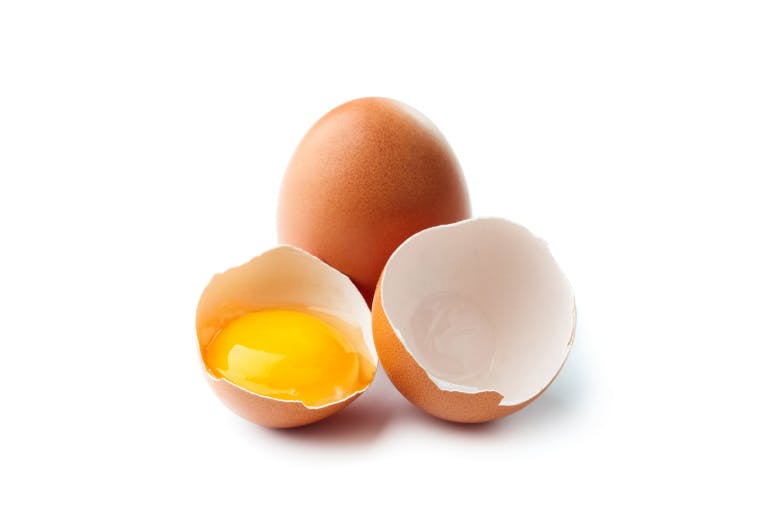



Eggs
Eggs are delicious, portable, and vegetarian-friendly. Try them boiled, fried in butter, or in an omelet for a quick, inexpensive meal. Enjoy eggs as often as you’d like because when you avoid carbs, you don’t have to avoid dietary cholesterol.
Ways to eat eggs
- boiled, hard or soft
- fried
- in quiches or frittatas
- omelets
- poached
- scrambled
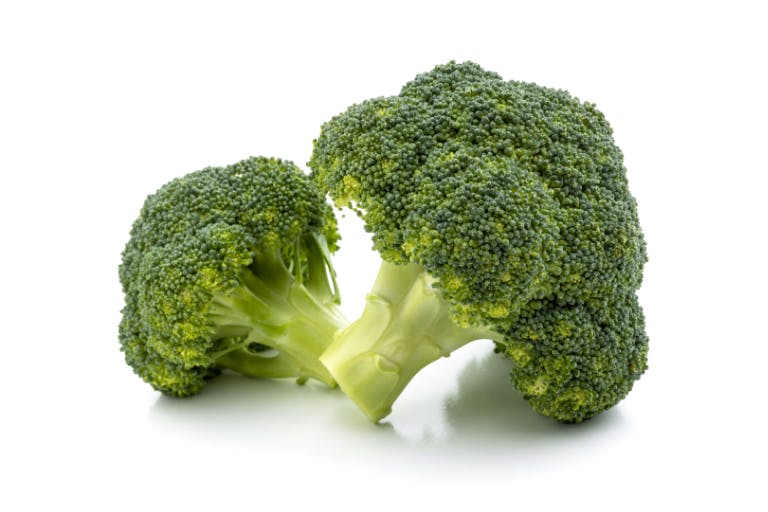



Keto-friendly vegetables
Enjoy unlimited non-starchy vegetables such as leafy greens and crunchy salad veggies such as cucumber, celery, and radishes. Other favorites include cauliflower, cabbage, avocado, broccoli, and zucchini. Fresh or frozen, most vegetables that grow above-ground are keto-friendly. You can even eat a vegetarian keto diet.
Best keto vegetables
- cauliflower
- avocado
- broccoli
- cabbage
- zucchini
- spinach
- asparagus
- kale
- green beans
- brussels sprouts
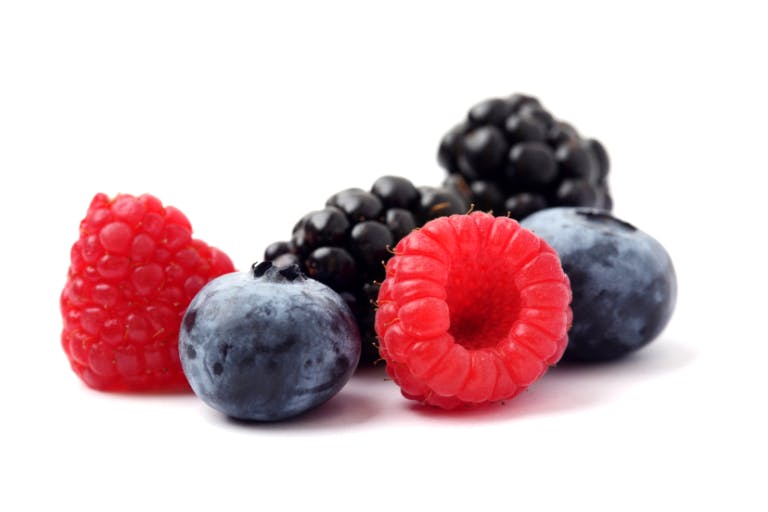



Fruit and berries
Most tart fruits, such as berries, lemons, and limes are fine if you keep the serving size small. The same is true for melons because of their high water content. But almost all other fruit contains too much sugar. A small scoop of fresh berries served with real whipped cream and shaved dark chocolate makes a lush, delicious keto dessert.
Best keto fruits and berries
- blackberries
- coconut
- lemons
- limes
- raspberries
- strawberries
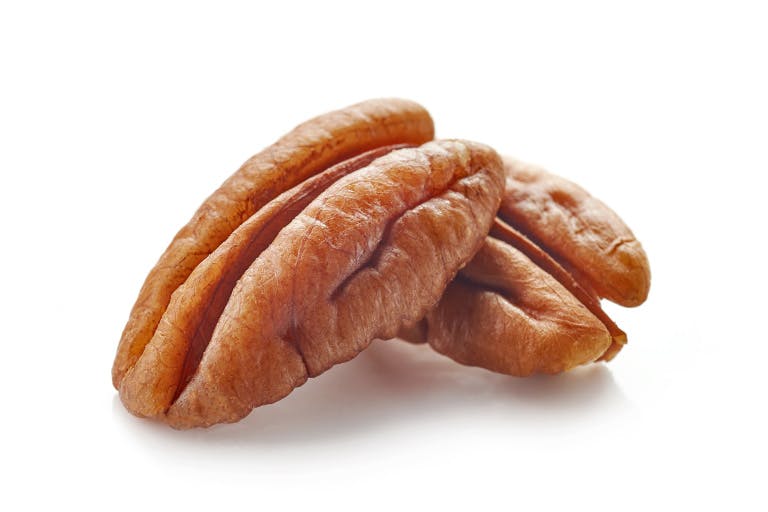



Nuts and seeds
Many nuts and seeds are low in carbs. Just watch out for two things. First, don’t eat too many! Start with just a few or up to ¼ cup (about 25 grams) for a snack. And the kind of nut you choose matters. Some nuts, such as cashews, are much higher in carbs than others, such as pecans or macadamia nuts. You can also enjoy pumpkin, sunflower, and other seeds on keto.
Best keto nuts and seeds
- almonds
- Brazil nuts
- hazelnuts
- macadamia nuts
- peanuts
- pecans
- pine nuts
- walnuts
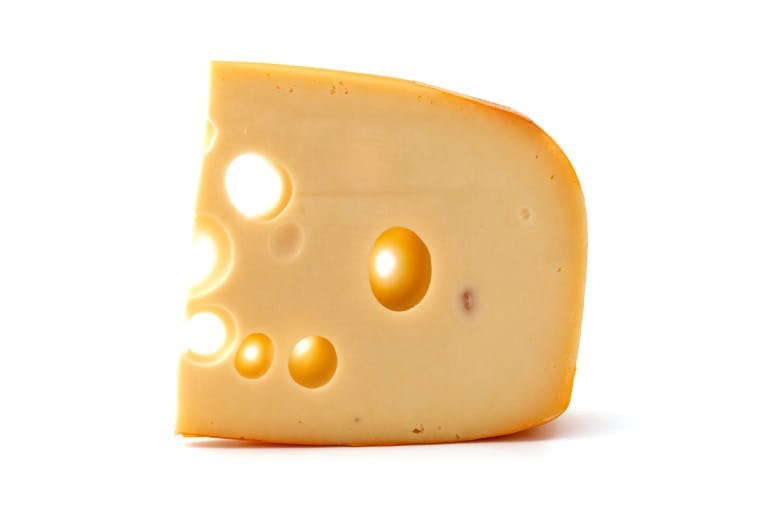



Cheese and full-fat dairy
Cheese, butter, and cream can all be part of a keto diet. Greek yogurt in particular, makes for a protein-rich breakfast with few carbs. Avoid flavored low-fat yogurt that is often full of added sugar.
Note: Avoid drinking milk as the milk sugar quickly adds up (one glass = 15 grams of carbs). However, you can use it sparingly — a tablespoon or so — in your coffee. Also, regularly snacking on cheese when you’re not hungry is a common mistake that can slow down weight loss.
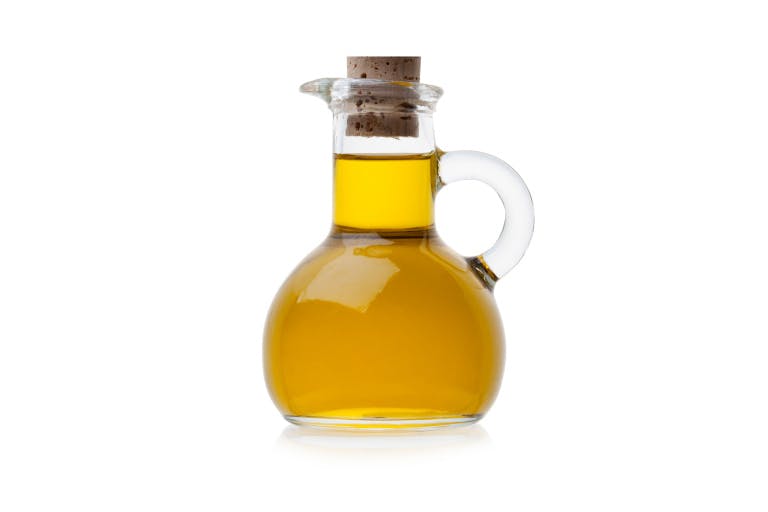



Fats and sauces
Don’t fear fat. It can help you feel fuller longer. Most of your fat should come with protein-rich foods like meat, poultry, fish, and eggs. But you can also cook with olive oil, top your veggies with cheese, and add dressings to salads. Rich sauces — think Bearnaise sauce, garlic butter, and mayo — can also be part of a keto diet, but if you are trying to lose weight, use only enough to make your meals enjoyable.
You can quickly learn more about the best keto foods to eat in this video:
Summary
Base your meals on meat, poultry, fish, eggs, and other protein-rich foods. Include lots of leafy greens, non-starchy veggies, and salads. Use fats such as butter or olive oil for flavor — and to fill in any needed calories.Foods to avoid on keto
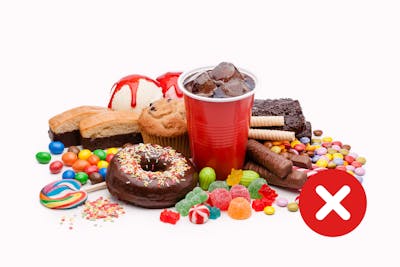



Avoid sugary food
Sugary foods are strictly limited on nearly every diet, and keto is no different. Avoid sodas, candy, sports drinks, cookies, biscuits, desserts, cakes, pastries, sweetened yogurts, ice cream, and breakfast cereals.
Most fruit has too much sugar for keto. Mangoes, grapes, and bananas have an entire day’s worth of carbs in a one-cup (about 200 gram) serving.
Even savory products, such as ketchup, pasta sauce, and salad dressings often contain sugar. Read labels carefully to avoid these.
Natural sweeteners, such as honey, maple syrup, and agave are sugars. There are dozens of names for sugar. Try to avoid it, regardless of name.
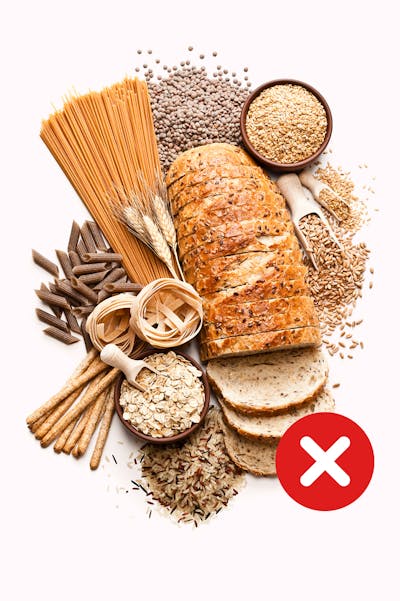



Avoid starchy food
All starches turn into sugar when digested. Many foods you’ve been told are “healthy” end up as sugar and can prevent you from losing weight or reaching your health goals.
Starchy foods to avoid include bread, tortillas, pasta, rice, couscous, potatoes, French fries, chips, crisps, bagels, crackers, legumes (most dried beans), cereal, porridge, oatmeal, and muesli.
Even whole grains and grain-like foods such as quinoa, are just other forms of starch.
There are many delicious substitutes for these foods that work on a keto diet. Try them out and you may not miss the carbs:
– Keto breads
– Keto “pasta”
– Keto “rice”
– Keto porridge




Limit special keto or low carb products
Keto cookies, chocolate bars, and similar products are usually highly processed. Although they may contain less sugar and flour than their high-carb counterparts, they provide little nutritional value and may cause carb cravings. Overall, they can slow down weight loss progress.
Ideally avoid or limit them and go for nutrient-dense whole foods instead.
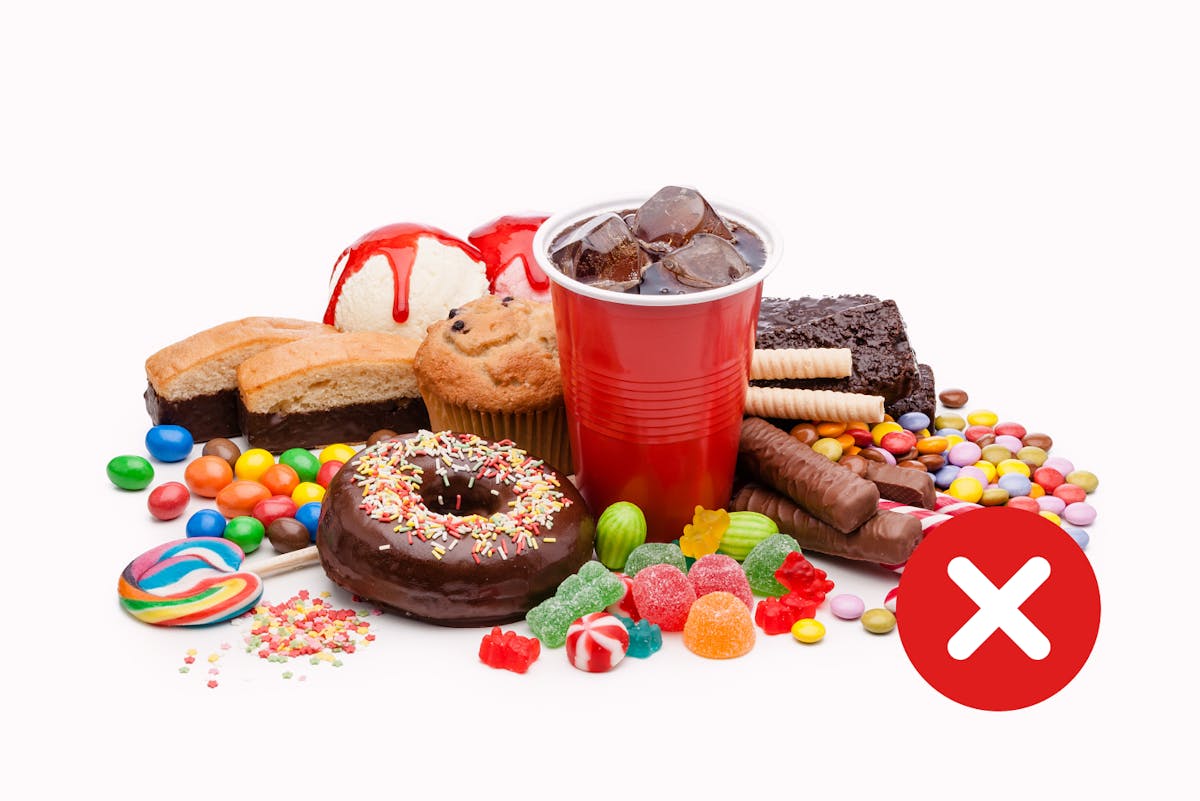

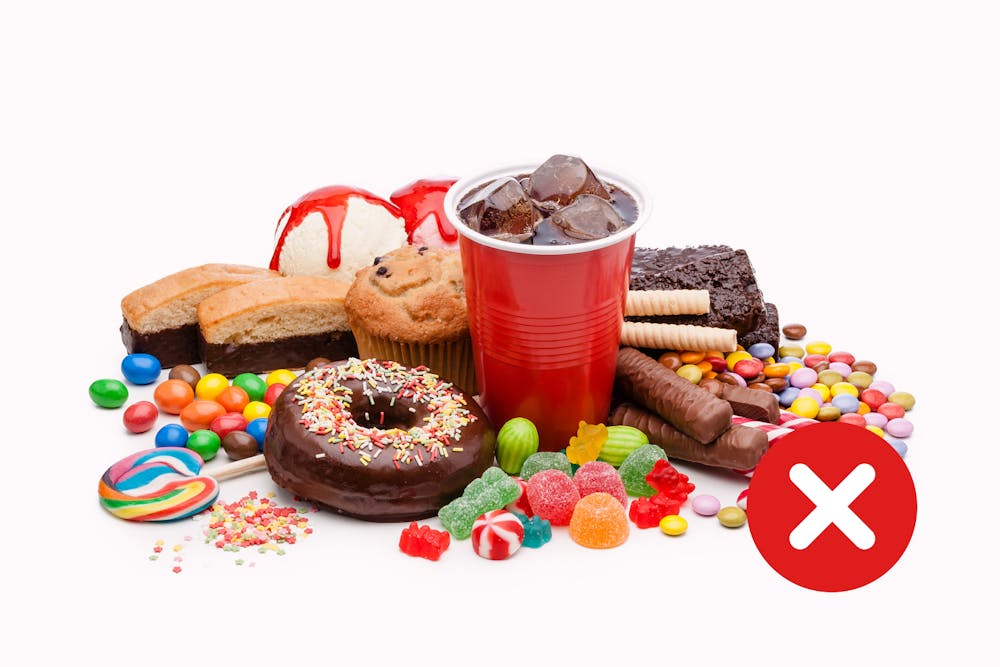









Summary
Avoid foods that contain sugar, including most fruit. Also steer clear of starches, including whole grains like bread, pasta, oatmeal, and brown rice. Minimize the use of keto products and stick with minimally processed foods that are naturally low in carbs (see above).Drinks
Drink water, coffee, tea, or the occasional glass of wine. For other ideas, choose from these:
Water is the number one option. Have it right out of the tap or add flavor with a slice of cucumber or a couple of berries. Drink it over ice or hot with a slice of lemon. Sparkling water and seltzers, with flavor or without, offer even more variety.
Coffee has no carbs. If you must have it sweetened, replace the sugar with a non-caloric sweetener. A small amount of milk or cream can be used. If you need extra calories from fat, stir in butter or coconut oil for “bulletproof coffee”. However, if weight loss stalls, cut back on the cream or fat on your coffee.
Tea – Black, green, Orange Pekoe, mint, or herbal – most teas are carb-free. Skip the sugar, and add a non-caloric sweetener if you need it.
Diet soda is good choice for some, but not for others. You might find diet soda is a helpful way to stop drinking sugary sodas. But some people find that the sweet taste of diet soda makes them hungry and increases cravings for other sugary foods. In that case, you may want to try flavored seltzers or sparkling water instead.
Bone broth is full of nutrients and electrolytes. Sipping a warm mug of broth fills you up and nourishes you at the same time. Homemade bone broth is delicious, but store-bought versions without added sugars or starches are good too.
For more suggestions see our full keto drinks guide >
Alcoholic drinks
Dry wine (red, rosé, and white) and champagne are keto-friendly in limited amounts. Wines that are typically low in carbs are merlot, pinot noir, cabernet, sauvignon blanc, pinot grigio, and chardonnay. Avoid sweet wines, such as moscato, port, ice wine, or dessert wines.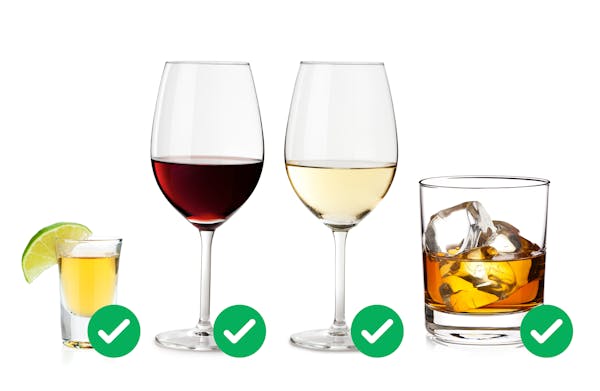



Distilled spirit, such as whisky, tequila, brandy, and vodka, have zero carbs, as long as they aren’t mixed with sweet sodas or juices.
Hard seltzers are a new, ready-to-drink option with just two grams of carbs per can.
Low-carb beer can be a good option. Beer usually has too many carbs for keto, but a few super low-carb beers do exist. If you love beer, it will be worth the effort to search for these. Look for a beer with less than three carbs per serving and limit your consumption.
Keep in mind that the more alcohol you drink, the harder it is to lose weight because your body has to burn off alcohol calories first.
Leaflet
This leaflet with basic keto advice can be printed for easy reference or given to curious friends.
Recipes and meals
So what does keto food look like when it’s cooked and ready to eat? Check out our keto recipes for hundreds of examples. Below you’ll find a few popular options.
Keto breakfasts
Keto lunches and dinners
Fast food and eating out on keto
Dining out on keto? It´s a breeze. Start with a generous serving of protein (meat, fish, eggs, or tofu). Ask for non-starchy vegetables with butter to replace potatoes, pasta, or rice. Request olive oil and vinegar to dress your salad. Enjoy your meal while staying keto!
Dining out on keto, the full guide
Top 11 fast-food options for keto
Keto snacks and desserts
Once you start eating keto, you´ll probably notice that you don´t get hungry between meals. However, if you do need
something to tide you over until your next meal, make sure to have keto friendly snacks on hand.
Top keto foods questions
How low carb is keto?
Keto is a low-carb diet, not “no carb”. How many carbs can you eat in a day on keto? This can differ depending on you and what your health goals are, you may want to stay below 20 grams of net carbs per day. Learn about how many carbs can be appropriate for youHow much fat do you need to eat?
There is actually no amount of fat you “need” to eat, even on a keto diet. However, aim at adding enough fat for flavor and enjoyment and to keep calories from going too low. Guide: How much fat should you eat on keto?Can I eat a vegetarian keto diet?
Yes. Especially if you eat eggs and dairy (lacto-ovo vegetarianism), it’s definitely doable. Vegan keto is more difficult Learn more and find inspiration hereCan I eat a dairy-free keto diet?
Sure. It’s not necessary to eat dairy to successfully eat keto (though dairy may help add taste and variety). A dairy-free keto diet can be very effective. Learn more and find recipesCan I drink alcohol on a keto diet?
Yes. But make sure it’s an alcoholic drink that is low in carbs, like dry wine. Check out our full guide to keto alcoholic drinksCan I eat fruit on a keto diet?
Sometimes – if you choose low-sugar fruits and keep portions small. The best keto fruits are blackberries, raspberries and strawberries. Enjoy about one-half cup of any of these, either alone or with a bit of cream. Delicious! Full guide to keto fruitsStart your FREE 7-day trial!
Get instant access to healthy low-carb and keto meal plans, fast and easy recipes, weight loss advice from medical experts, and so much more. A healthier life starts now with your free trial!
Start FREE trial!Companion guides
More
Ketogenic diet foods – what to eat and what to avoid - the evidence
This guide is written by Dr. Andreas Eenfeldt, MD and was last updated on June 19, 2025. It was medically reviewed by Dr. Bret Scher, MD on December 23, 2020.
The guide contains scientific references. You can find these in the notes throughout the text, and click the links to read the peer-reviewed scientific papers. When appropriate we include a grading of the strength of the evidence, with a link to our policy on this. Our evidence-based guides are updated at least once per year to reflect and reference the latest science on the topic.
All our evidence-based health guides are written or reviewed by medical doctors who are experts on the topic. To stay unbiased we show no ads, sell no physical products, and take no money from the industry. We're fully funded by the people, via an optional membership. Most information at Diet Doctor is free forever.
Read more about our policies and work with evidence-based guides, nutritional controversies, our editorial team, and our medical review board.
Should you find any inaccuracy in this guide, please email andreas@dietdoctor.com.



